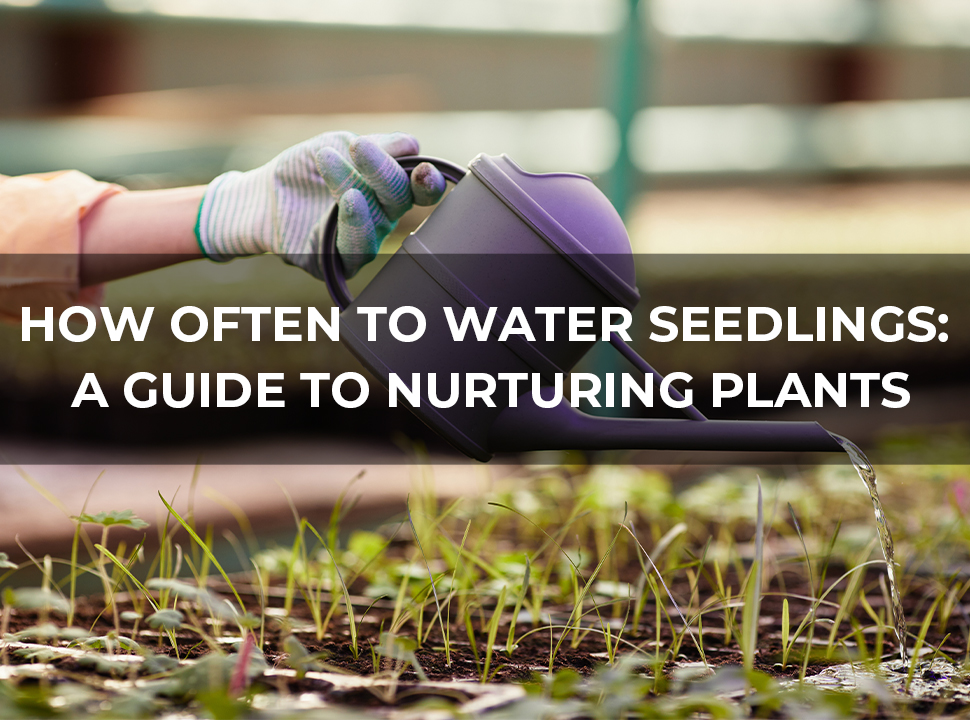
Starting seeds is an exciting journey, whether you're cultivating a lush indoor garden or preparing for a fruitful outdoor vegetable plot. The success of young seedlings hinges on numerous factors, with watering frequency topping the list. Understanding how often to water seedlings ensures a healthy transition from fragile sprouts to robust plants. This blog dives deep into the art of watering seedlings, touching on every aspect from soil moisture to the transition into the garden soil.
Understanding Soil Moisture
Soil moisture plays a pivotal role in the early stages of seedling development. Whether you're using a seed starting mix, peat moss, potting soil, or a blend incorporating coco coir, maintaining the right moisture level is crucial. Seedlings require a soil mix that is consistently moist but not waterlogged. Overly wet soil can lead to root rot and fungal diseases, which are detrimental to plant growth.
The Role of Containers
Seedling trays, peat pots, and cell trays come with drainage holes to ensure proper drainage. These containers help in managing the watering process by preventing excess water from sitting at the bottom. When starting seeds indoors, it's essential to select seed starting trays or pots that support healthy root development without holding too much moisture.
Watering Methods: From Spray Bottles to Bottom Watering
Spray Bottle Method
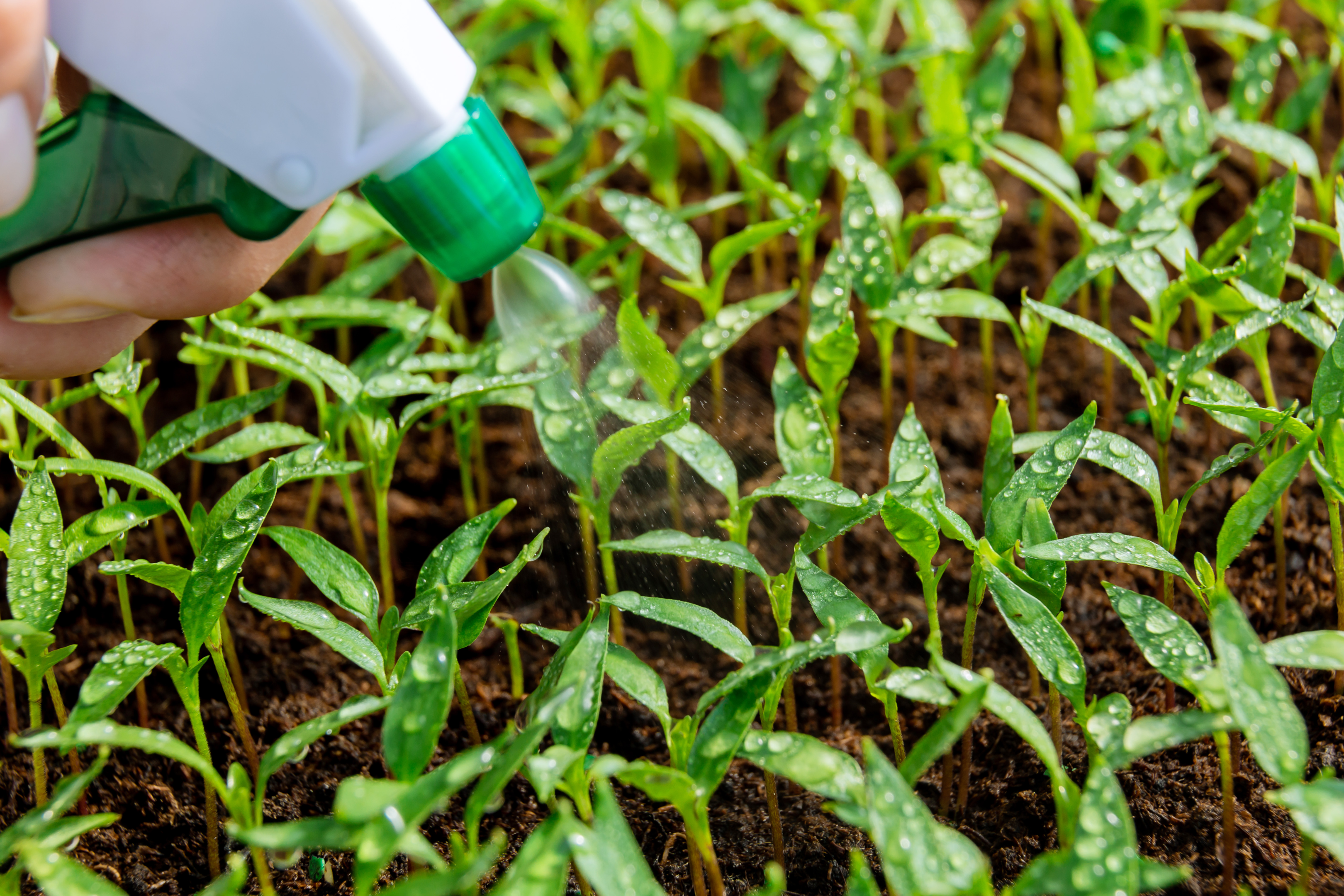
For indoor seedlings, using a spray bottle can gently moisten the soil surface without disturbing the seeds or tiny roots. This method is ideal for keeping the starting mix uniformly damp during the critical phase of seeds sprouting and seeds germinating.
Bottom Watering Technique
Bottom watering is a revolutionary approach that encourages roots to grow downward, seeking moisture. By adding water to the tray beneath seedling pots or seed trays, you allow the soil to absorb moisture upwards. This method not only reduces the risk of overwatering but also minimizes the occurrence of diseases by keeping the soil surface and seedlings dry.
How Often to Water Seedlings
The question of how often to water seedlings doesn't have a one-size-fits-all answer. It depends on the soil mix, the size of the seedling pots, and the ambient conditions. Generally, seedlings should be watered when the top inch of the soil feels dry to the touch. For those using peat-based mixes or coco coir, these materials can dry out quickly and may require more frequent watering, potentially daily under high light or warm conditions.
Transitioning to Garden Soil
As seedlings grow and approach the time for transplanting, adapting them to the conditions they will face in garden soil or raised beds is vital. This includes adjusting the watering frequency to simulate more closely the natural environment. Before transplanting seedlings, ensure they are well-watered to reduce shock and facilitate easier root establishment in their new home.
Special Considerations
Humidity Domes and Indoor Plants
Humidity domes can help maintain high humidity levels around indoor seedlings, reducing water loss. However, it's important to gradually acclimate seedlings to lower humidity by removing the dome for increasing periods to prevent shock when transitioning to a less controlled environment.
Drip Irrigation and Hydroponic Systems
Drip Irrigation Systems: Precision Watering for Diverse Needs
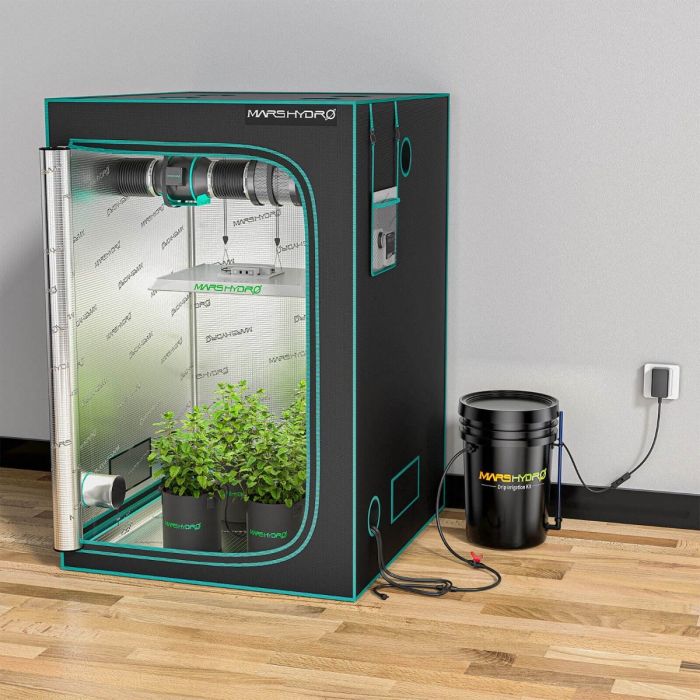
In larger gardening operations or for mature plants with extensive root systems, drip irrigation systems present an efficient solution for delivering water directly to the base of each plant. This method minimizes water wastage and ensures that each plant receives a tailored amount of moisture based on its specific requirements. Mars Hydro's drip systems are designed for easy integration with various plant setups, allowing for adjustable flow rates to cater to the diverse water needs of different plant varieties. This precision in water delivery is crucial for optimizing plant health and yield, especially in larger or more complex gardening setups.
Hydroponic Systems: Soil-less Cultivation for Optimal Growth
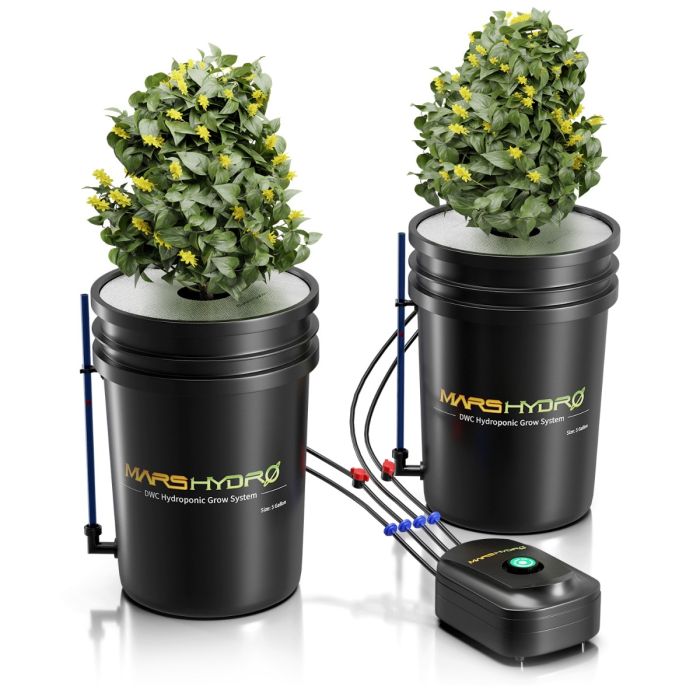
The hydroponic systems revolutionize traditional gardening by eliminating the need for soil, instead using a water-based solution enriched with essential nutrients to nourish plants. These systems ensure that plant roots have direct access to both water and nutrients, promoting more efficient uptake and leading to faster growth and higher yields. Mars Hydro hydroponic setups are engineered to provide optimal oxygenation and nutrient distribution, ensuring that each plant thrives in a perfectly balanced environment. The soil-less nature of hydroponics also significantly reduces the risks associated with soil-borne diseases and pests, contributing to healthier and more robust plant development.
Both drip irrigation and hydroponic systems are designed with the modern gardener in mind, offering scalable solutions that cater to a range of gardening projects, from small-scale indoor herb gardens to larger commercial ventures. By incorporating these advanced watering and nutrient delivery systems, gardeners can achieve greater control over their plant's growth environment, leading to more successful and rewarding gardening experiences.
Monitoring and Adjusting
Monitoring soil moisture levels and observing plant growth are key to adjusting your watering schedule effectively. Signs of overwatering include yellowing leaves and stunted growth, while underwatered seedlings may appear wilted or dry. Adjust your watering frequency based on these indicators to ensure healthy plants.
Conclusion
Watering seedlings is both an art and a science, requiring attention to detail and an understanding of the needs of your plants at various stages of their growth. By choosing the right soil mix, employing effective watering methods, and adjusting as your seedlings grow, you can set the stage for a healthy garden full of vibrant plants. Remember, the goal is to keep the soil uniformly damp but not soggy, ensuring enough moisture for growth without risking the health of the root system. Happy gardening!


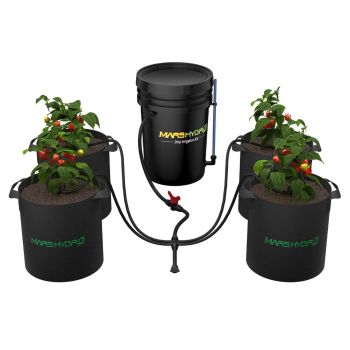






I notice that cilantro/coriander does well in early spring. What is ideal grow tent condition for cilantro leaves please?